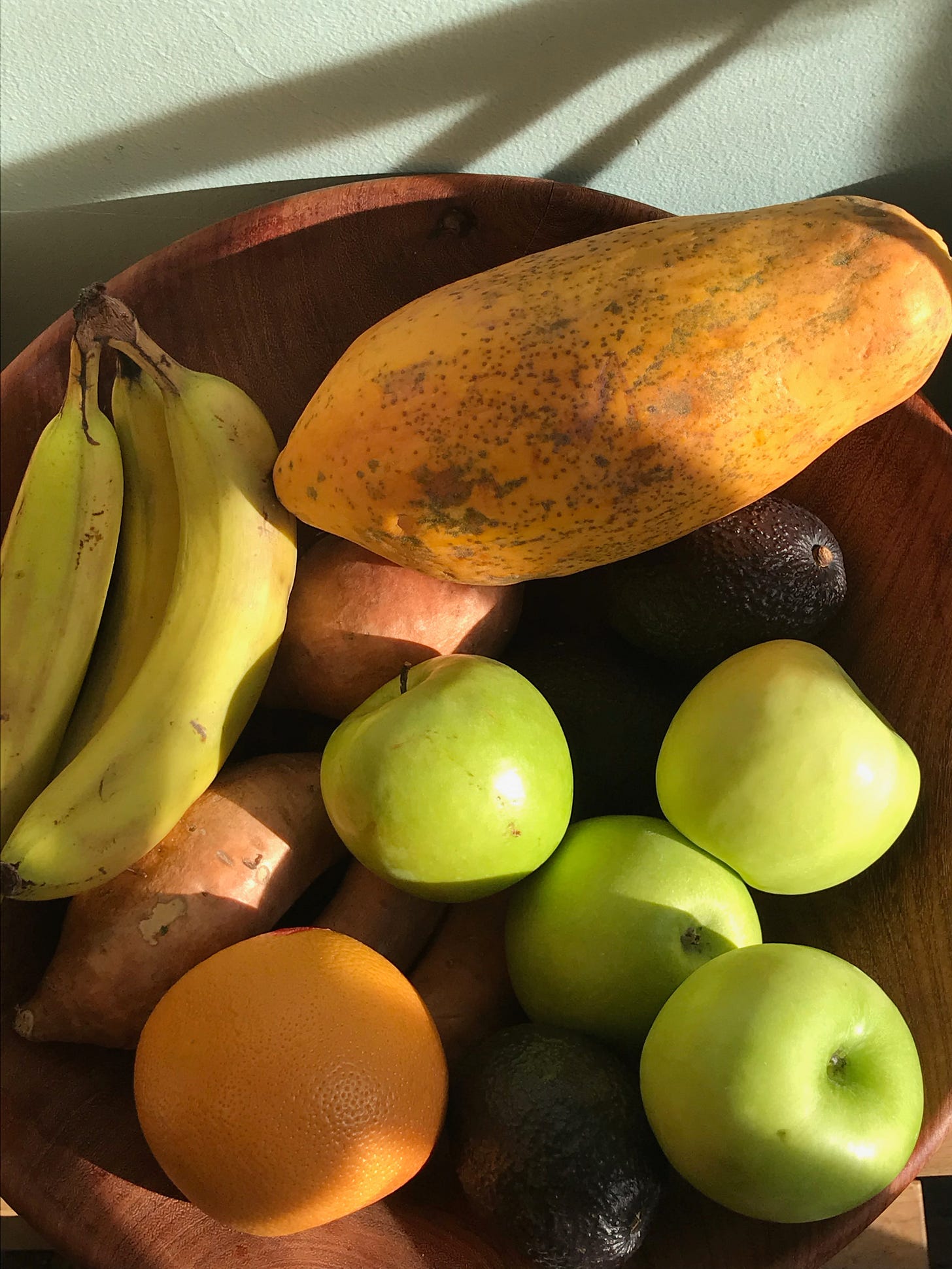My journey into holistic nutrition began with my curiosity being sparked by practitioners like Daphne Javitch and influencers like Nicole Berrie; cool, stylish, metropolitan women who adhered to lifestyles that supported their health and well-being – I couldn’t help but be inspired. They both followed a dietary framework called ‘Food Combining’ and I wanted to learn more. My research extended beyond their content, and after reading books like The Beauty Detox Solution by Kimberly Snyder, and The Raw Food Detox Diet by Natalia Rose, I started to employ the framework pretty dogmatically. While I saw some of the results I had hoped for fairly quickly (clear skin, more energy, fewer cravings), it also exacerbated some of my hormonal symptoms (irregular periods, fluctuating mood) and disordered eating behaviours. Once I pivoted and started to do more research into eating for your hormones, I ditched it all together, feeling embarrassed that I had fallen for such a ‘restrictive trap’.
Once my nutrition program got underway, I came into contact with food combining again, but this time, it was put into a more specific context, which was a framework for eating to support your digestive health. This highlights one of the issues with getting your health information online, it is presented from a specific point of view and therefore can seem like the end-all-be-all approach, when really, it is just another perspective. As I’ve stated before in our work to build our ideal diets, what works for one person, may not work for you.
One thing to note about food combining is that there have been no scientific studies conducted on the framework, all of the evidence is purely anecdotal, but there is a lot of it to support its theories in relation to digestive health. Food combining is based on the concept that certain foods do not digest well together due to various food enzymes and transit times. Enzymes are complex proteins that break down food into their micronutrients to be absorbed through the intestines. They are secreted by the salivary glands, the stomach, and the pancreas, and there are several kinds that break down different types of starches, proteins, and fats. Transit times refer to the amount of time that it takes to break down, absorb, assimilate and then eliminate different foods. The food combining framework argues that when the digestive system is already compromised, improper food combining can make the stomach feel stretched, heavy and full, bloated and gassy, and leaves one feeling fatigued. By combining foods that have compatible enzymes and transit times, our bodies can digest and utilize the food we eat, and absorb their nutrients optimally. The authors of the books I listed above take this further by claiming that since your body doesn’t have to spend extra energy digesting complicated food combinations, it is resourced to tend to more ‘superficial’ tasks like clearing skin, strengthening hair and nails, and so on.
Food Combining Guidelines to Consider
Fruits are eaten by themselves or with other fruits (melon should be eaten alone)
Combine proteins + vegetables OR starches + vegetables
Avoid eating starches + proteins together
Do not eat more than one source of protein per meal
Structure your meals light to heavy: consume light and easy-to-digest meals for breakfast and lunch, and denser meals in the evening when you have more time to diest
Consume a leafy green salad or snack of raw vegetables or before meals to ignite digestion
Start your day with a green juice
I realize that it can take a minute to digest this information (hehe), it goes against much of what we have been taught about eating and makes us think twice about some of our favourite food combinations (fruit and yogurt, sandwiches, meat and potatoes, etc.). The most important thing to note is that meals should always be balanced to our individual needs, and not to a preset standard. The beauty is that you are in control. If something works for you, keep going! If it’s bringing you down, stop! I have some clients with digestive symptoms who now swear by this framework and others who don’t practice it because it throws their blood sugar out of whack, so I encourage an experimental approach to this work. Perhaps you pick one guideline to play with for a little and see how it feels. For instance, I consume a leafy green salad or vegetable side before most of my meals, which also supports blood sugar balance. Or maybe you whip some of these tools out of your belt when you feel particularly bloated or need to recalibrate after travel. I now tend to move towards a food combining framework in the spring and summer months when my body has different needs than in fall and winter, but I always, mix and match the guidelines to suit and serve me best. Maybe this is all a big no for you, and that’s okay too. We know what’s best for us, and through trial and sometimes error, we can determine the right way to nourish ourselves. As they say: take what you need, and leave the rest.




